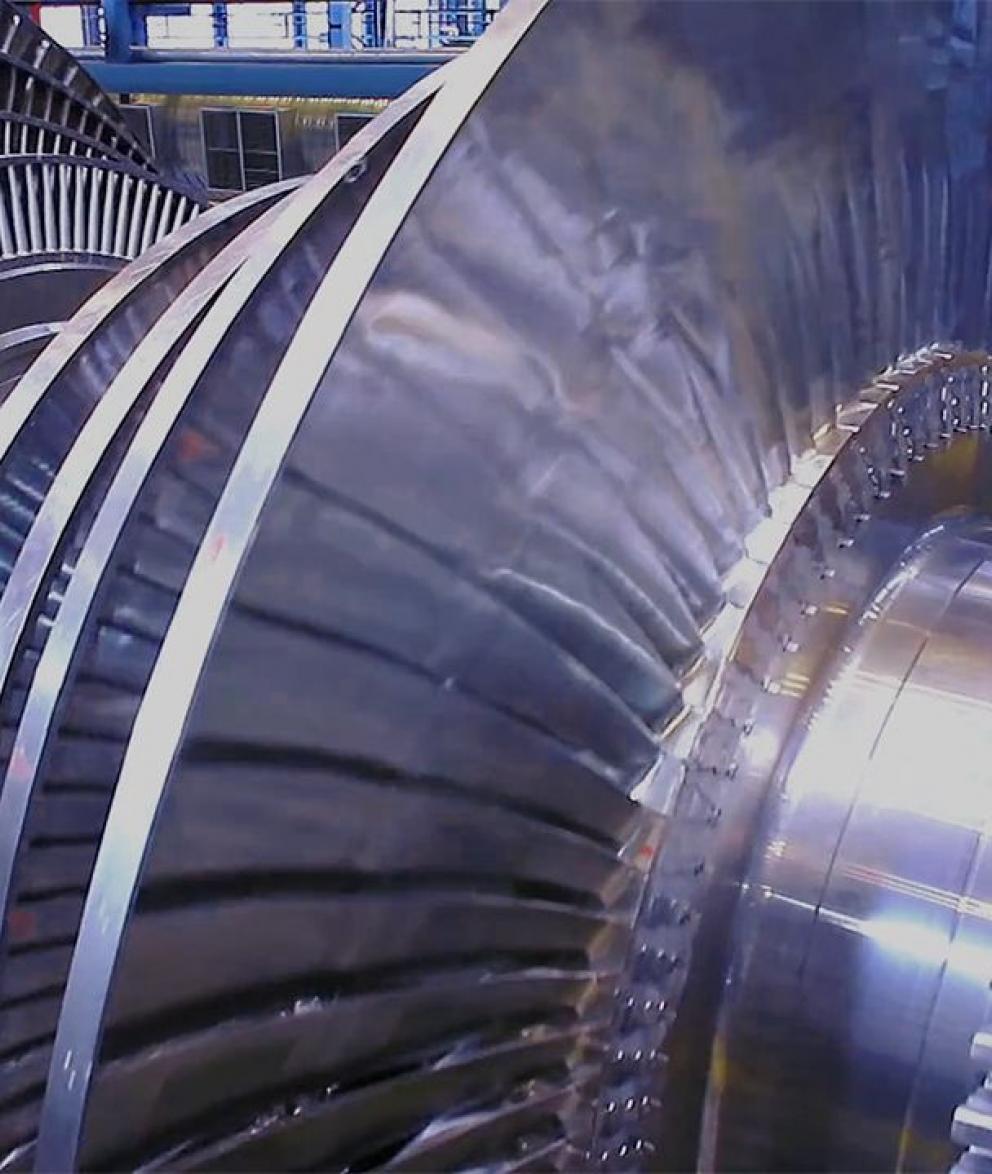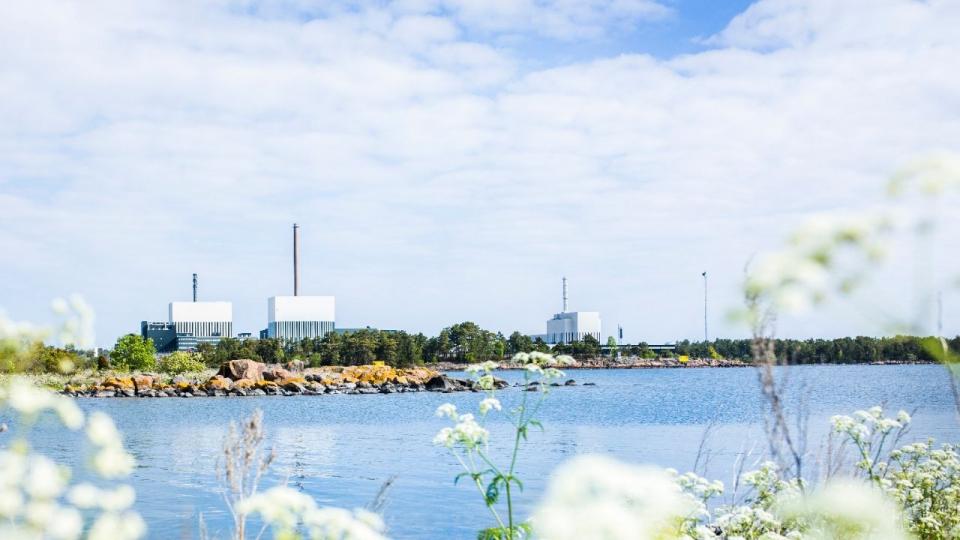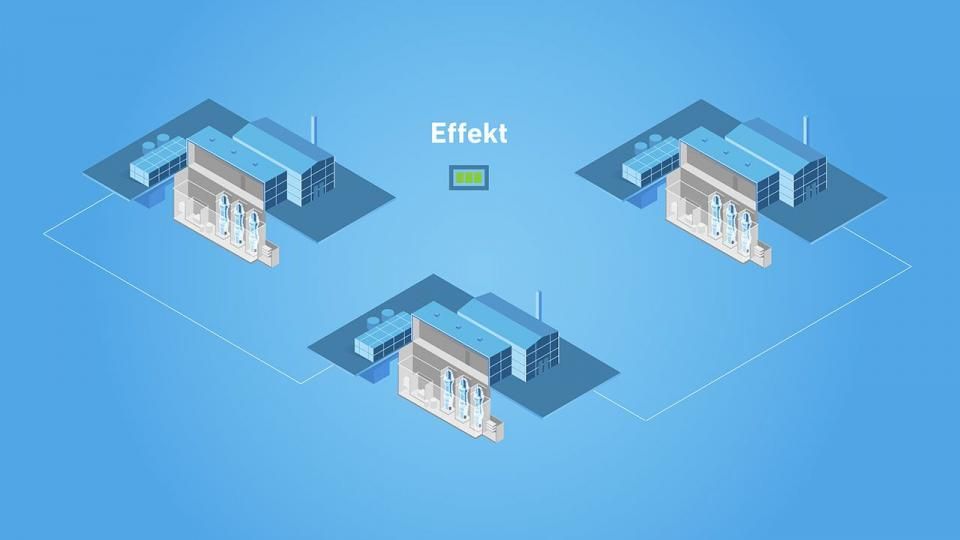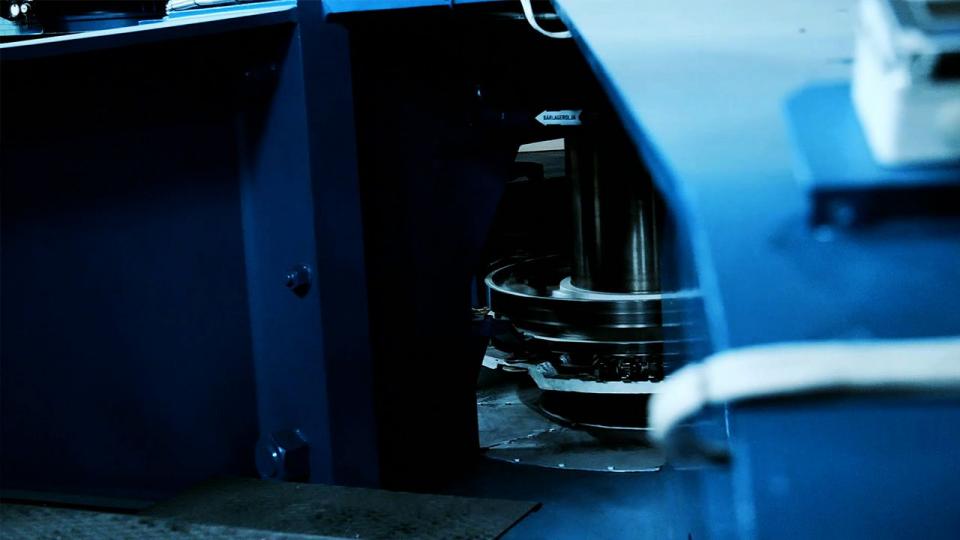Therefore, it is time we begin looking into how to complement and eventually replace current nuclear power with new nuclear power systems. What will nuclear power of the future look like?
To reduce emissions, we need to utilize nuclear power
If the world is to manage to keep global temperature rises under 2 degrees Celsius, we have very little time to do so. Fossil-based energy from coal, oil and gas must be replaced quickly. We can achieve this goal by electrifying the transport sector and all industrial processes that currently rely on fossil fuels. Sweden will then require twice as much electricity generation as today. This will not be achieved if we do not invest heavily in all forms of fossil-free power sources.
Next generation nuclear energy
Hear Janne Wallenius talk about fourth-generation nuclear power and why nuclear power has a place in the energy system of the future.
Although it is easy to believe that all nuclear power is one and the same thing, the fact is that it consists of a range of different technologies that all have one thing in common – the are based on the splitting of atomic nuclei (fission) to release large amounts of energy. Since the commissioning of the first commercial reactor in the 1950s, technology has made some rapid leaps forward. Present-day reactors, which belong to the second or third generation, are considerably more technologically advanced than first-generation reactors.
At the same time, nuclear power reactors of today are subject to certain limitations. For example, the reactors utilize only between half and one percent of the energy content of uranium. Uranium is a finite resource and the radioactive waste from reactors must be stored safely for 100,000 years before its radiation decays completely. Furthermore, it is costly to build new nuclear power plants. However, researchers are now developing the next generation’s nuclear power plants, which will be more efficient and safer, and available at a lower cost than those of today.
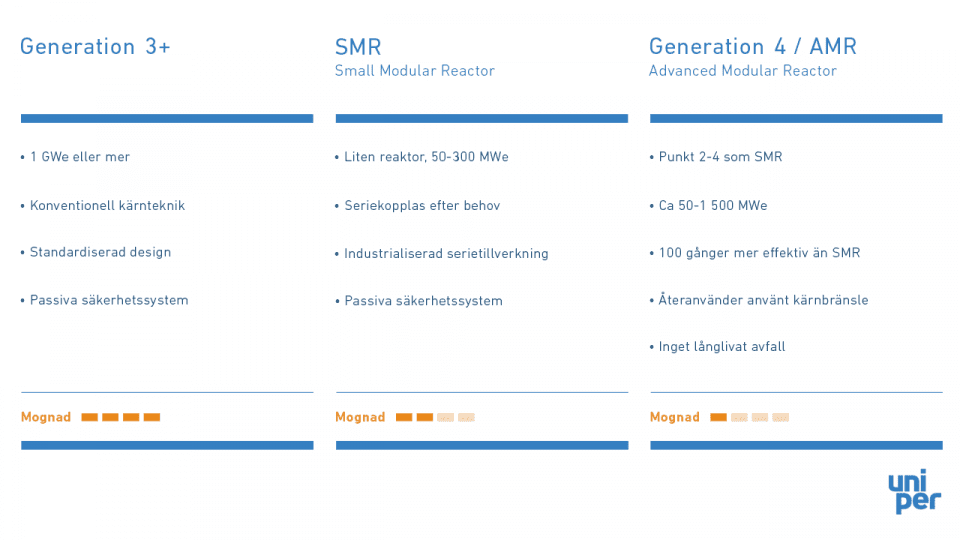
Fourth-generation nuclear power will be able to utilize nuclear fuel with 100 times the efficiency of today. The waste that ultimately remains will need final repository storage for a few hundred years, instead of 100,000 years, as with plants today. Available stocks of nuclear fuel that we know of today would be sufficient to supply the entire world with electricity for a thousand years.
For now, Gen IV reactors are only at the design stage. At the same time, numerous players are now using the landmark achievements of Gen IV research in smaller-scale reactors, known as a small modular reactor (SMR). However, SMRs do not need to be built based on fourth-generation technology. On the contrary, it is more commonplace to further develop a third-generation reactor, but on a smaller and more flexible scale.
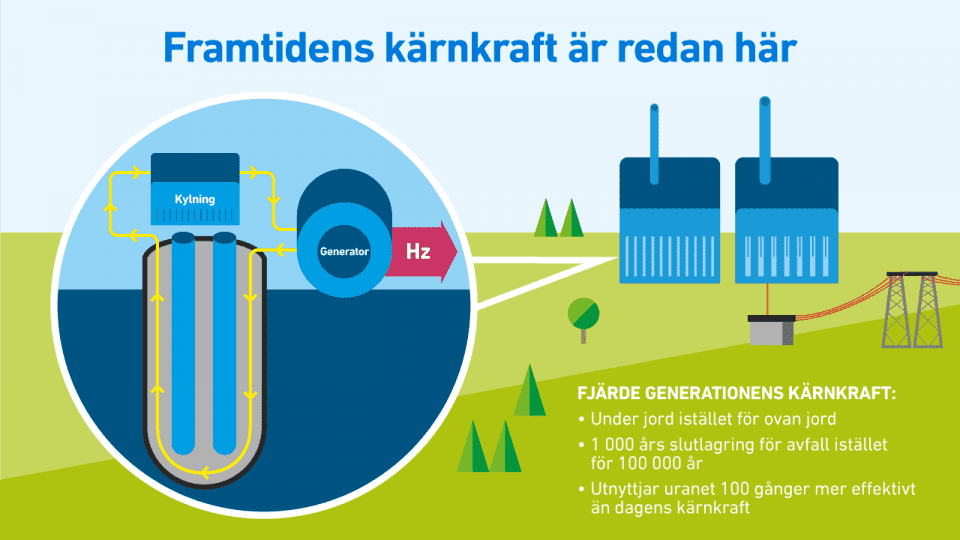
New nuclear power technologies throughout the world
In addition to the development of future nuclear power technologies, heavy investments are being made in major commercial reactors throughout the world. There are currently 444 reactors in operation globally, and a further 56 are being built, of which 18 are located in China and six in the EU (incl. the UK).
Since the year 2000, just over 100 new nuclear power reactors have begun producing new, fossil-free electricity, with a combined output of approximately 600 TWh of fossil-free electricity per year. Every kilowatt hour of fossil-free electricity that replaces coal-based electricity reduces carbon emissions by at least one kilogram. Consequently, these reactors contribute to an emissions reduction of 600 million tons of carbon dioxide per year. In comparison, overall Swedish emissions accounted for barely 50 million tons in 2020.
Nuclear power advocates + climate champions = true?
Historically, many adherents of environmental movements have been against nuclear power and have advocated wind and solar power as alternatives. However, many today have come to realize that we will need energy sources such as solar, wind, hydro and nuclear power, if we are to reduce emissions quickly enough to prevent a temperature rise of more than 1.5 degrees Celsius. In countries that have undergone rapid decommissioning of nuclear power plants, gas power has assumed a greater role, simply because wind and solar power cannot fulfill the same functions as nuclear power or hydropower.
An example of an environmentalist and climate champion who has become an advocate of nuclear power is Kirsty Gogan, global CEO and one of the founders of the organization, Energy for Humanity. Energy for Humanity is a volunteer organization that promotes access to fossil-free electricity for all human beings throughout the world. Their message is that solar, wind and nuclear power are all required, if we are to manage the climate threat. Kirsty Gogan is of the opinion that, unfortunately, to be an opponent of nuclear power is to indirectly promote coal and other fossil alternatives, because they are currently the only power sources than can offer the same amount of stability in the electricity system as nuclear power provides. The greatest priority for a climate champion should be to contribute to a sharp and rapid reduction of emissions to prevent a temperature rise before it is too late.
If we utilize nuclear power and renewable power sources concurrently, we have a genuine chance to achieve the required reductions in emissions. With a fossil-free electricity system that utilizes modern technology, electricity could assume an even greater role in our society, to help people to develop and climb out of poverty, and enable new innovations that make our lives easier.

Emissions on the rise – vigorous efforts required
In 2020, global carbon emissions from fossil fuels and industry were estimated to have fallen approximately 7%, to 34 billion tons of carbon dioxide. Although it is the greatest reduction since the years following the second world war, emissions are still at higher levels than what they were in 2010. It remains uncertain whether global emissions levels have peaked or if 2020 was an anomaly. Considerably more and stronger measures are required if the world is to live up to the targets aimed at keeping global warming under 2 degrees Celsius.
If we are to succeed at reducing emissions solely by using solar and wind power, we must step up investments to ten times the current pace. It is very challenging to increase investments so sharply and subsidies will be required for all fossil-free power sources. It would not be cost-efficient to rely entirely on weather-dependent power sources such as solar and wind, because a considerable excess capacity will be required to guarantee deliveries of electricity, even on days without wind or sunshine. This is where nuclear power comes into the picture – a fossil-free power source that can help to secure the world’s electricity supply, even in the future.
Did you know that...
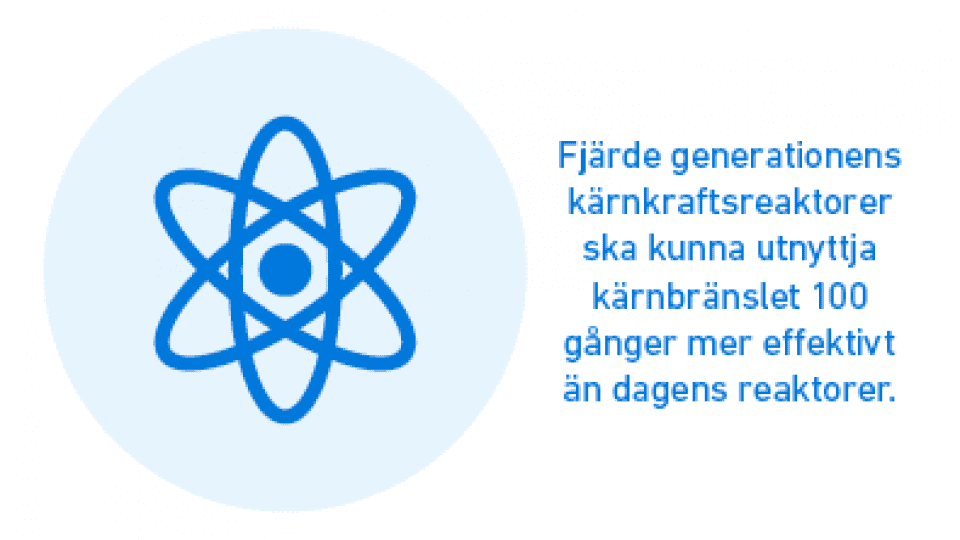

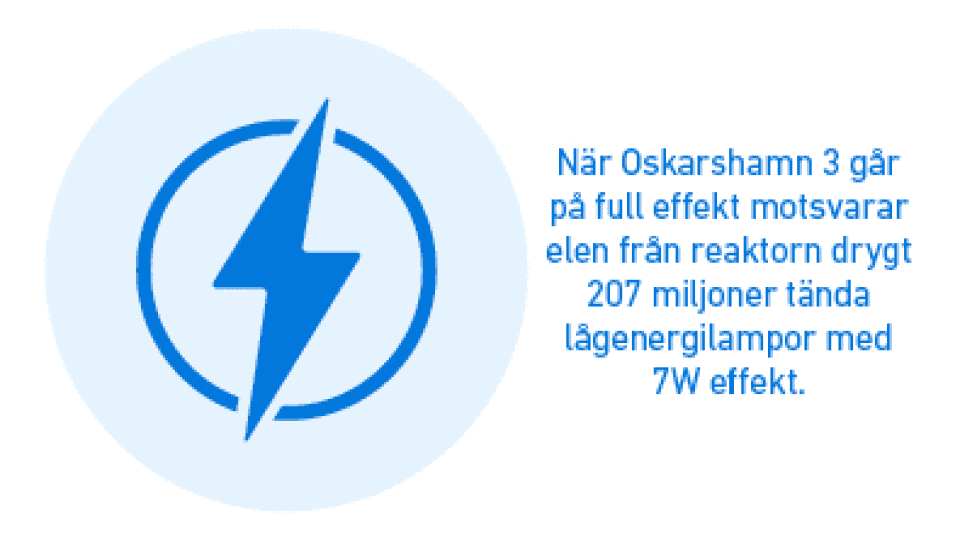
We ensure that Sweden is supplied with baseload power and balancing power
As part of the global Uniper Group, we are a major electricity producer for Swedish base industry and a guarantor of stable and reliable electricity generation to meet Sweden’s electricity needs. Hydro, nuclear and reserve power are produced at our power plants located throughout the country. Our electricity is used to enable our society and our industries to function, regardless of weather and time of year. In terms of hydropower, we’re the third-largest producer in Sweden. Our 74 wholly and jointly owned hydropower plants, distributed from Lycksele in the North to Kristianstad in the South, account for approximately 12% of Sweden’s combined hydropower production. In terms of nuclear power, the Uniper Group is co-owner in all three of Sweden’s active nuclear power plants, at OKG in Oskarshamn, Ringhals and Forsmark. Uniper is also the owner of Barsebäcksverket – the first commercial nuclear power plant in Sweden that is currently being decommissioned and demolished in line with political decisions.
Find out more
Nuclear power plays an important role in stabilizing Sweden’s electricity generation. Uniper takes total responsibility for our participation in Swedish nuclear power.
A lot has happened within nuclear power in the past decade, and many innovative projects aimed at making nuclear power an important part of the future’s fossil-free energy system are becoming a reality. One such innovation is the Small Modular Reactor, or “SMR.”
Rotational energy is the key to stability in the electricity system.
